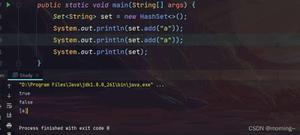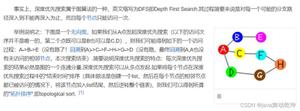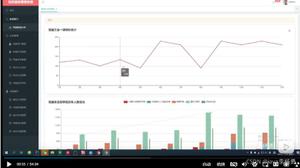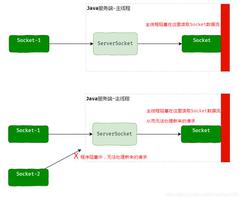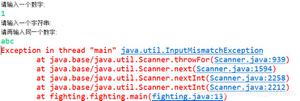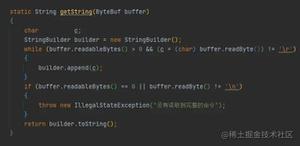JavaScript从父级调用子级方法
我有两个组成部分。
- 父组件
- 子组件
我试图从父级调用孩子的方法,我尝试过这种方法,但没有得到结果
class Parent extends Component { render() {
return (
<Child>
<button onClick={Child.getAlert()}>Click</button>
</Child>
);
}
}
class Child extends Component {
getAlert() {
alert('clicked');
}
render() {
return (
<h1 ref="hello">Hello</h1>
);
}
}
有没有一种方法可以从父级调用子级的方法?
注意:子组件和父组件位于两个不同的文件中
回答:
首先,让我表示,这通常不是在React领域中解决问题的方法。通常,您要做的是在props中将功能传递给子级,并在事件中传递子级的通知(或者更好的是:)dispatch。
但是,如果必须在子组件上公开命令式方法,则可以使用refs。请记住,这是一个逃生舱口,通常表示可以使用更好的设计。
以前,仅基于类的组件才支持引用。随着React Hooks的出现,情况不再如此
使用挂钩和功能组件(>= react@16.8)
const { forwardRef, useRef, useImperativeHandle } = React;// We need to wrap component in `forwardRef` in order to gain
// access to the ref object that is assigned using the `ref` prop.
// This ref is passed as the second parameter to the function component.
const Child = forwardRef((props, ref) => {
// The component instance will be extended
// with whatever you return from the callback passed
// as the second argument
useImperativeHandle(ref, () => ({
getAlert() {
alert("getAlert from Child");
}
}));
return <h1>Hi</h1>;
});
const Parent = () => {
// In order to gain access to the child component instance,
// you need to assign it to a `ref`, so we call `useRef()` to get one
const childRef = useRef();
return (
<div>
<Child ref={childRef} />
<button onClick={() => childRef.current.getAlert()}>Click</button>
</div>
);
};
ReactDOM.render(
<Parent />,
document.getElementById('root')
);
<script src="https://unpkg.com/react@16/umd/react.development.js" crossorigin></script>
<script src="https://unpkg.com/react-dom@16/umd/react-dom.development.js" crossorigin></script>
<div id="root"></div>
对于文档useImperativeHandle()是在这里:
useImperativeHandle自定义使用时暴露给父组件的实例值ref。
使用类组件(>= react@16.4)
const { Component } = React;class Parent extends Component {
constructor(props) {
super(props);
this.child = React.createRef();
}
onClick = () => {
this.child.current.getAlert();
};
render() {
return (
<div>
<Child ref={this.child} />
<button onClick={this.onClick}>Click</button>
</div>
);
}
}
class Child extends Component {
getAlert() {
alert('getAlert from Child');
}
render() {
return <h1>Hello</h1>;
}
}
ReactDOM.render(<Parent />, document.getElementById('root'));
<script src="https://unpkg.com/react@16/umd/react.development.js" crossorigin></script>
<script src="https://unpkg.com/react-dom@16/umd/react-dom.development.js" crossorigin></script>
<div id="root"></div>
旧版API(<= react@16.3)
出于历史目的,这是您在16.3之前的React版本中使用的基于回调的样式:
const { Component } = React;const { render } = ReactDOM;
class Parent extends Component {
render() {
return (
<div>
<Child ref={instance => { this.child = instance; }} />
<button onClick={() => { this.child.getAlert(); }}>Click</button>
</div>
);
}
}
class Child extends Component {
getAlert() {
alert('clicked');
}
render() {
return (
<h1>Hello</h1>
);
}
}
render(
<Parent />,
document.getElementById('app')
);
<script src="https://cdnjs.cloudflare.com/ajax/libs/react/15.1.0/react.min.js"></script>
<script src="https://cdnjs.cloudflare.com/ajax/libs/react/15.1.0/react-dom.min.js"></script>
<div id="app"></div>
以上是 JavaScript从父级调用子级方法 的全部内容, 来源链接: utcz.com/qa/406776.html


